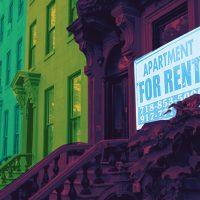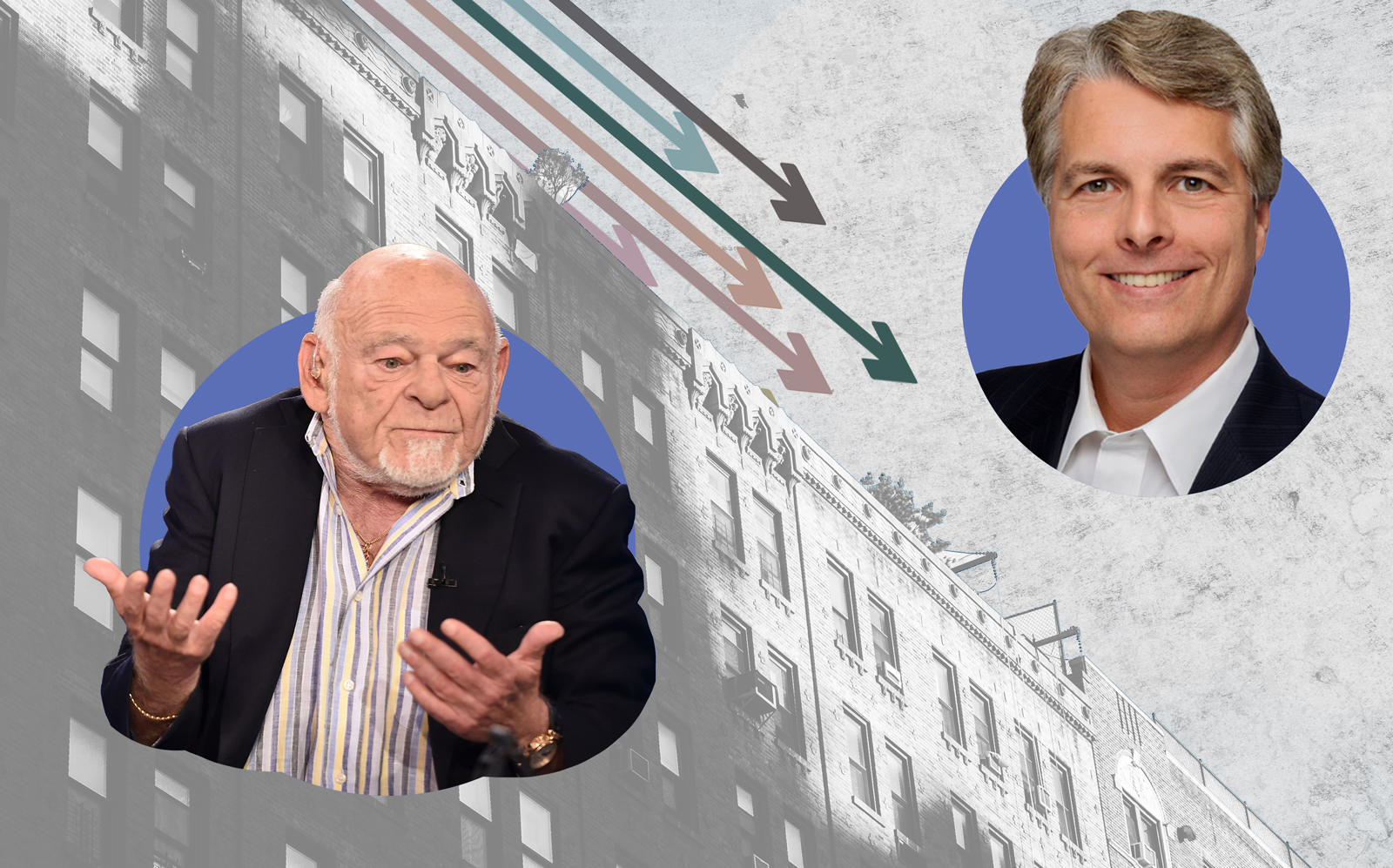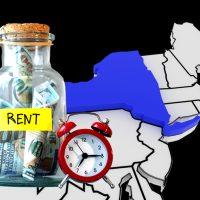 Manhattan rental vacancy hits another all-time high
Manhattan rental vacancy hits another all-time high
Trending
Sam Zell’s Equity Residential sees profits drop 15%
Despite offering concessions, REIT saw lower than average occupancy rate in its urban portfolio

Sam Zell’s Equity Residential has tried to maintain occupancy rates since the pandemic swept the nation, but despite efforts, the company’s year-over-year net income declined by 15 percent in the second quarter.
On a Wednesday earnings call, the real estate investment trust’s CEO Mark Parrell acknowledged the unprecedented climate the rental apartment industry has faced since March, in which renters have lost jobs or fled the hardest-hit urban cores. But in his statement, he emphasized the company’s strength.
“During one of the most challenging periods in our country and industry’s history, we feel that our business showed considerable resiliency,” Parrell said.
Equity Residential’s net income for the second quarter was about $271 million, down 15.5 percent from $321 million the same time last year. Its total revenue for the second quarter was about $654 million, down by 2 percent year over year. The REIT’s net income for the first quarter was about $333 million, and its total revenue for the quarter was about $682 million.
Read more
 Manhattan rental vacancy hits another all-time high
Manhattan rental vacancy hits another all-time high
 Rent collection jumps in NYC, ebbs in US
Rent collection jumps in NYC, ebbs in US
 For Sam Zell, it’s all about “foreclosures and opportunities”
For Sam Zell, it’s all about “foreclosures and opportunities”
Parrell said the company is doing better than expected because of its customer base, whose average annual household income is $164,000.
“Data suggests that only 4 percent of workers making more than $150,000 a year have recently lost their jobs compared to the low-teens for lower-income categories,” he said. “We have collected about 97 percent of our residential rents during the second quarter, and attribute this to a customer base that remains well employed and capable of meeting their obligations.”
The REIT’s challenge, however, appears to lie in its urban holdings, which accounts for about 25 percent of its 80,000-unit portfolio. Its urban dwellings are spread across Boston, Cambridge, New York City and downtown San Francisco.
“This portfolio has the highest use of concessions and the most rate pressure,” COO Michael Manelis said. He noted that despite concessions, the company’s urban apartments are “currently 91 percent occupied.” While he didn’t specify the urban portfolio’s usual occupancy rate, company documents show that across the REIT’s residential holdings, rates average around 95 percent.
On the other hand, the REIT’s suburban portfolio, which represents about 45 percent of its holdings, remains relatively unscathed. Still, concessions were needed to keep those units occupied. Its lowest occupancy rate since the pandemic was at 95.2 percent “before recovering fully to the levels at or above prior year and ending the quarter at 96.6 percent,” Manelis said.
Asked if the company would consider shifting its portfolio types because of the changing preference among renters, Parrell said he wanted to maintain a good variety.
“I would point out that Gen Z is a pretty large group as well, and we don’t know their preferences, but I have a few of them living with me,” he said. “And they talk a lot about moving out of my house and moving to the city.”
Contact Akiko Matsuda at akiko.matsuda@therealdeal.com




